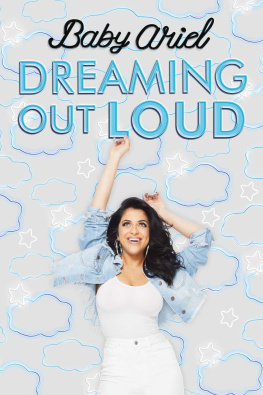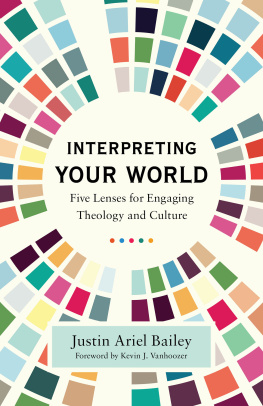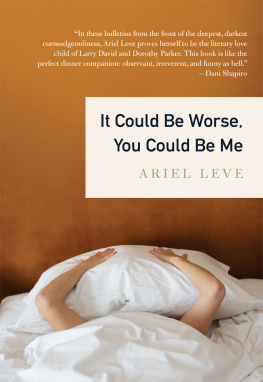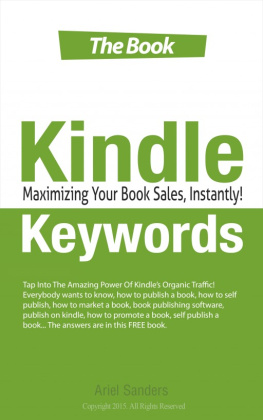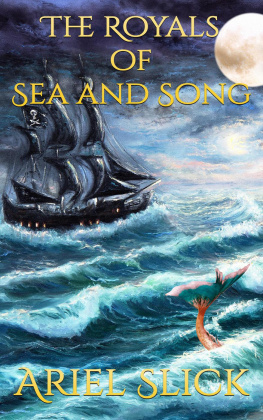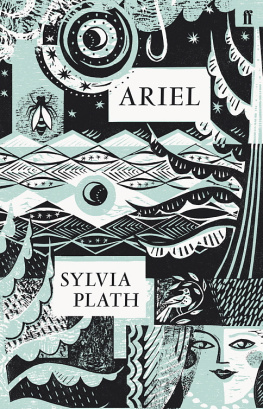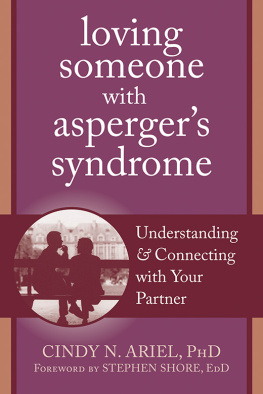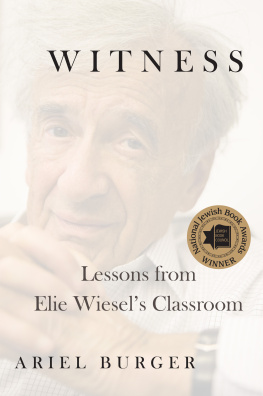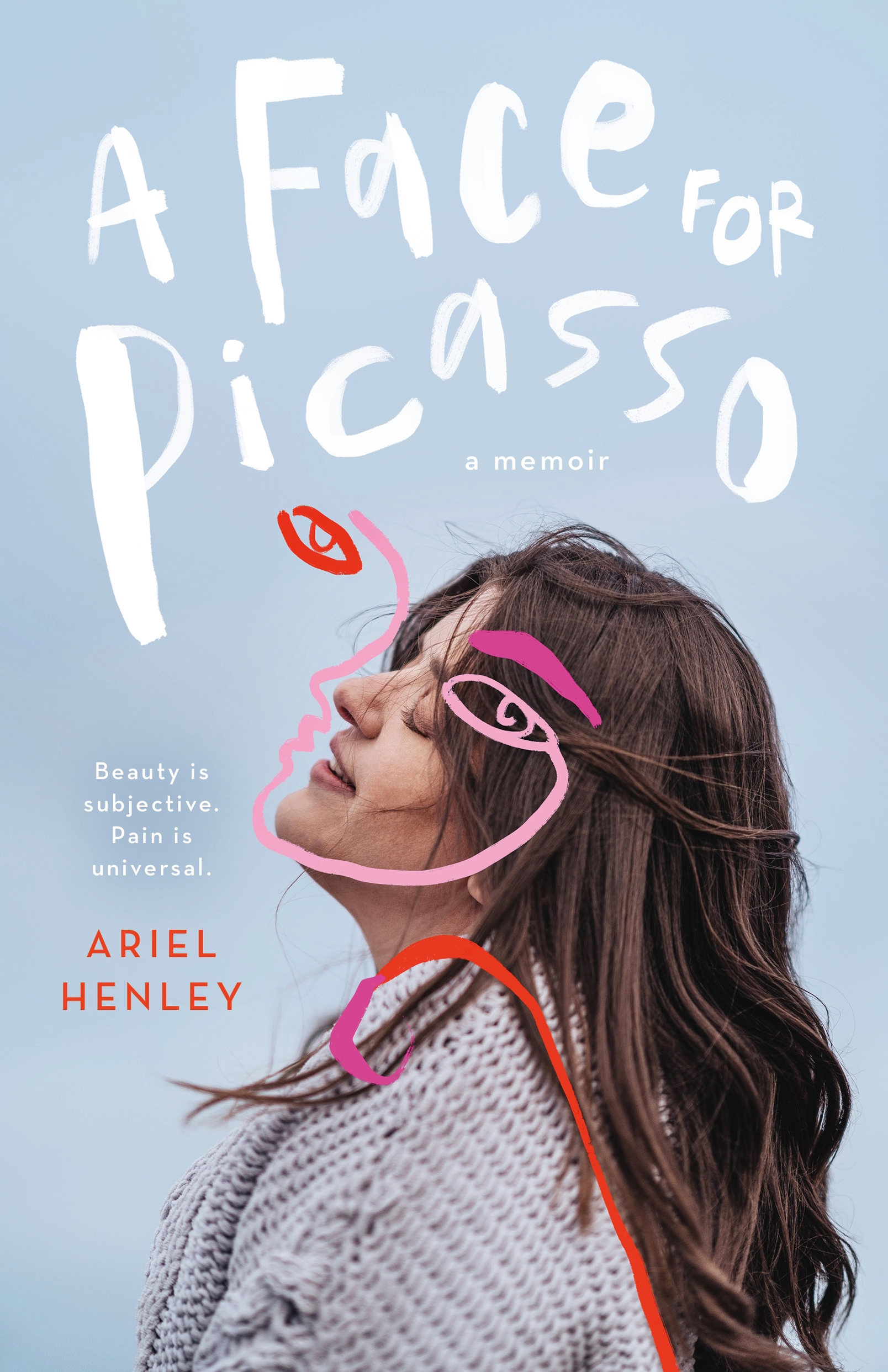Contents
Guide
Pagebreaks of the print version
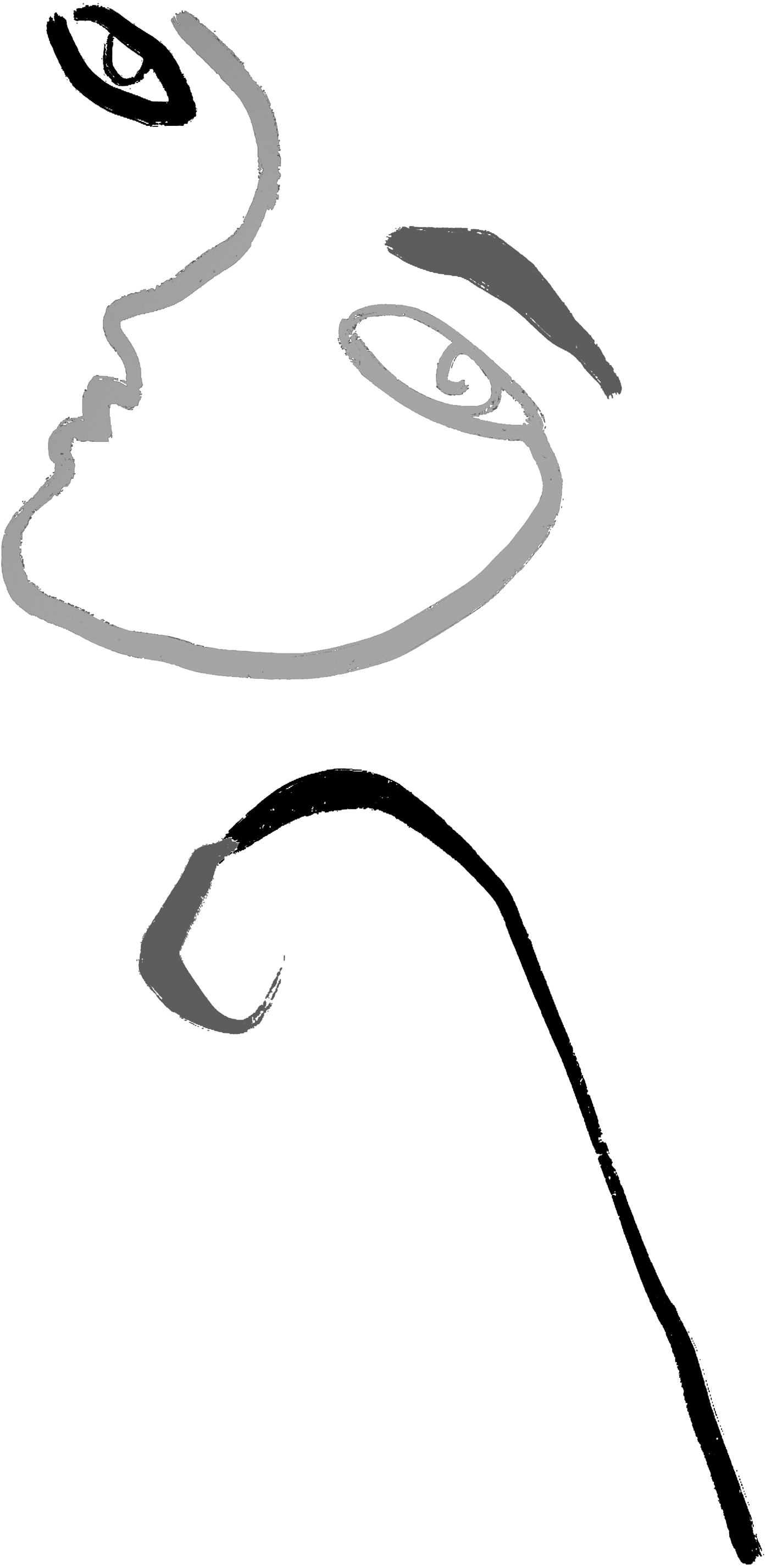

The author and publisher have provided this e-book to you for your personal use only. You may not make this e-book publicly available in any way. Copyright infringement is against the law. If you believe the copy of this e-book you are reading infringes on the authors copyright, please notify the publisher at: us.macmillanusa.com/piracy.
To my incredible family:
Mom, Dad, Alexis, Marissa, Aaron, Zan, and Roger.
I could not have done this without you.
I love you endlessly.
A.H.
I want my story heard. Because, ironically, I believe Picasso was right. I believe we could paint a better world if we learned how to see it from all perspectives, as many perspectives as we possibly could. Because diversity is strength. Difference is a teacher. Fear difference, you learn nothing.
Hannah Gadsby
If you ask me about my childhood, I will tell you how magical it was.
My twin sister, Zan, and I were the youngest of five kids, and together we grew up in a big white house that our father built and our mom decorated. It was a home filled with life. My siblings and I always had friends over, and if Zan and I werent inside, we could be found playing on the swing set with the neighbors in the field behind our house.
These were the stories I had planned to write about in my memoir, because at the end of the day, I want to normalize experiences like mine. But the more I wrote, the more I realized my childhood was anything but normal. I had a beautiful, privileged upbringing in so many ways, but my story is one rooted in the idea of beauty. So to write honestly about coming of age with Crouzon syndrome, I had to write about beauty through a lens of disfigurement. As a woman, I am defined by beauty; and as a woman with a facial difference, I am also defined by my very lack of the thing. This is a lesson I began learning in childhood. Its a lesson I want to destroy.
Zan and I were born with Crouzon syndrome, a craniofacial condition where the bones in the head dont grow. Throughout our childhood we had numerous operations that changed our appearance and saved our lives. Though we were born identical, with each surgery, we looked less like each other and less like ourselves. My changing appearance felt like being stripped of my identity. Who was I if I did not recognize my own reflection in the mirror? Who was my twin sister if she no longer looked like the person I knewif she no longer looked like me?
Though the physical aspect of our condition was sometimes painful, it was nothing compared to the emotional toll of navigating life with a facial difference. The everyday stares, comments, and subhuman treatment were constant reminders of our painful medical history and perceived shortcomings. We were treated as less attractive, less intelligent, and less worthy of basic respect.
And yet, for the first eighteen years of my life, I rarely spoke of my appearance or acknowledged that I was different. I got angry anytime anyone asked me about my facemy differences. How dare they, I thought. I tried to deny that people made fun of me, even though it happened openly every time I was in public. If I could deny the way I was treated, I could pretend it wasnt happening. But ignoring my experiences meant denying an entire aspect of my identity.
So no, I didnt write about all the magical moments of my childhood and teenage years. There are definitely some joyful memories and plenty of funny stories. But this memoir is mostly me exploring my differences, as honestly as possible.
Throughout this book you will see that I use the terms facial difference and facial disfigurement interchangeably. Both describe an appearance that differs from the norm. Both describe individuals with craniofacial conditions and noticeable physical differences. Both describe me. And faces like mine are not as rare as you might think. This is a global issue, but popular media rarely explores what its like to look different. And though Zan and I were just two of millions of people around the world living with facial differences, we grew up thinking we were outsiders. We grew up feeling alone.
Part of this isolation came from growing up without stories about disfigurement. Not stories we related to, anyway. Most of the stories Ive seenboth as a child and as an adultwere written or told by people outside of the facial difference community, by people who didnt understand the complexity of our experiences. When disfigurement and other facial differences are discussed in mainstream media, they are typically used as tools to signify that a character in a story is evil (think Scar in Lion King and Dr. Poison in Wonder Woman), or as a token of inspiration for those without visible differences (think Auggie Pullman in Wonder).
The derogatory treatment of people with facial differences isnt new. It has roots in physiognomya pseudoscience claiming a persons physical appearance represents their moral character. This ableist belief that a facial difference can indicate a lack of morality is how moviegoers, for example, know that characters like Scar and Dr. Poison are evil simply by looking at them. Without positive, normal reflections of my experience to contradict these hateful depictions, I assumed it was true.
This is why visibility is crucial. Without it, people with faces like Zans and mine are pushed further into the margins. Even now, Im disturbed by how easy it is for others to ignore our humanity simply because we do not look like them. People assume that because I had an unconventional appearance growing up, I did not have friends. People assume that because my eyes are crooked and far apart, I am not intelligent. People assume that because I do not meet arbitrary standards of beauty, I am not a strong, beautiful woman.
This is why I wrote A Face for Picasso. I did not know of any childrens or young adult novels about teenagers with Crouzon syndrome, and so I wrote the story I wished Id had growing up.
I start my story with a memory from middle school, because in that moment in seventh grade, I began to view my life leading up to that pointand everything that came after itin a new light.
When I think about my life, I think of it in terms of before and after. Before and after seventh grade. Before and after doctors expanded my skull and face for the third time. Before and after I was old enough to understand the emotional implications of my appearance changing overnight. Before and after I had to discover who I was outside of my face; outside of my perceived ugliness. This is why you will find my story divided into three parts: before, after, and healing. I start my story in seventh grade, then rewind and walk you through the things that led up to that point and everything that came afterward. Because for me, this was where it all beganmy turning point.
Seventh grade was when the pressure to fit in with my peers became inescapable and my inability to do so became undeniable. It was when I realized that the way I was treated by my peers was far worse than any surgery Id had. Seventh grade was where I discovered that putting pen to paper and speaking my truth on my own terms would one day make me feel less alone. In middle school, I began to dream that one day I, and others with Crouzon syndrome, would finally be seen for who we are: normal.



